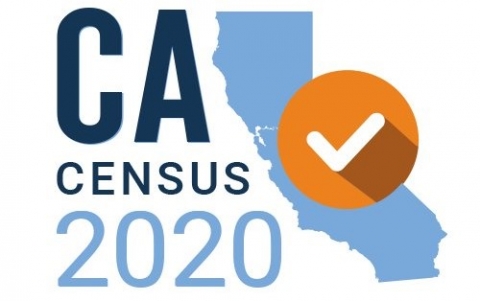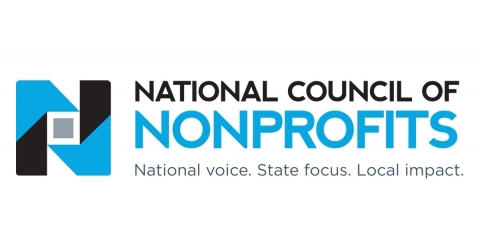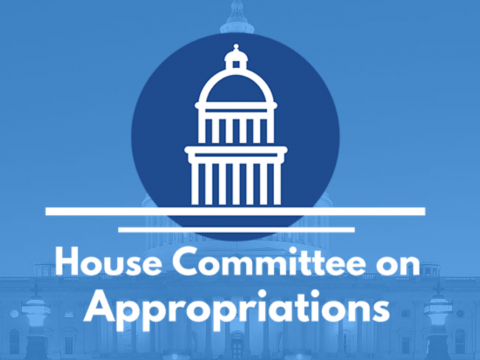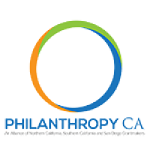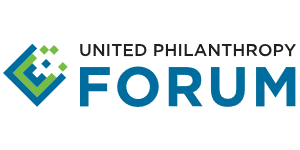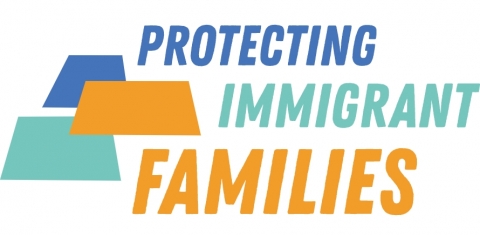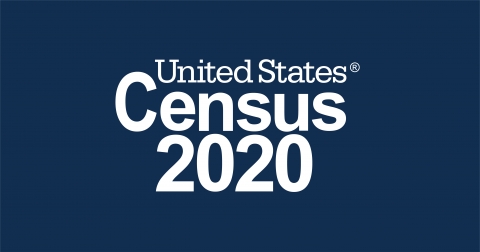March 18, 2020 2020 Census field operations will be suspended for two weeks until April 1, 2020. Beginning today, in support of guidance on what we can all do to help slow the spread of coronavirus , 2020 Census field operations will be suspended for two weeks until April 1, 2020. The Census Bureau is taking this step to help protect the health and safety of the American public, Census Bureau employees, and everyone going through the hiring process for temporary census taker positions.

